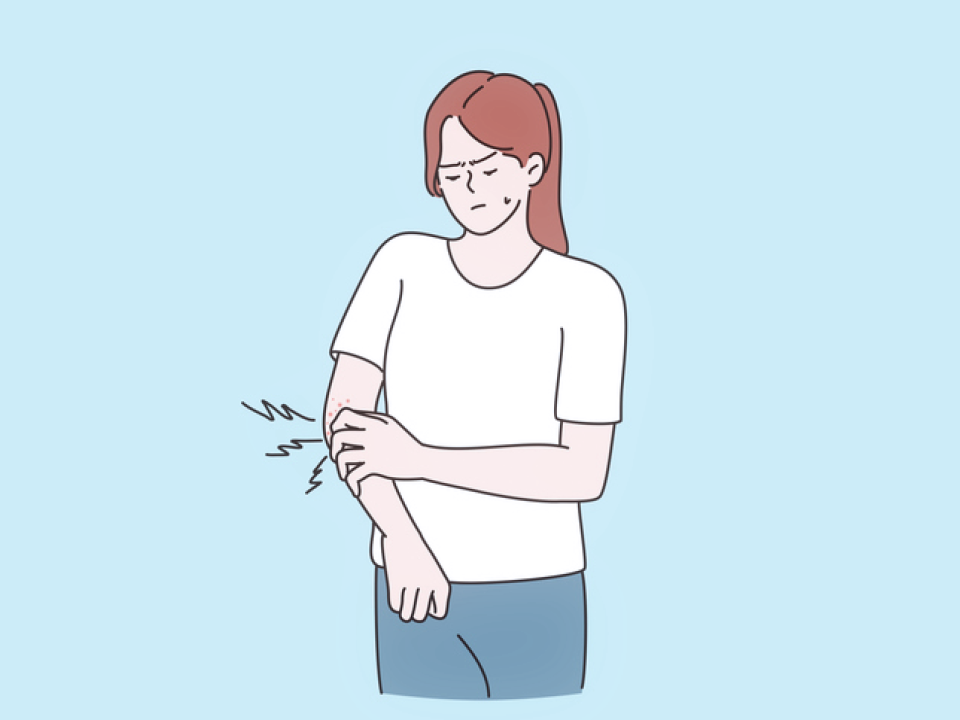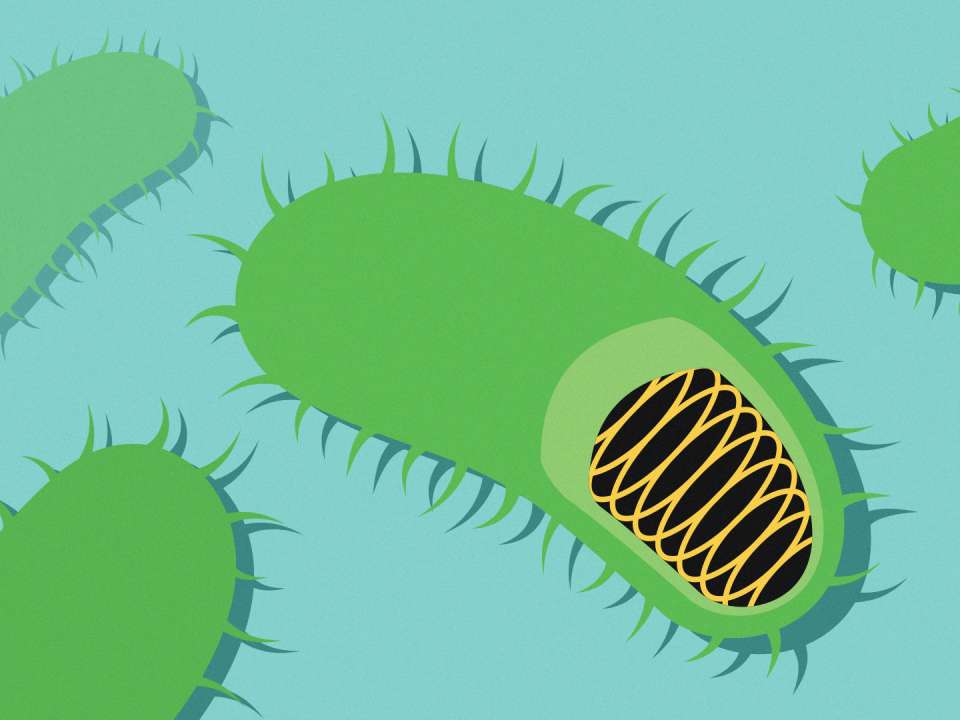
If you’ve heard the rumors flying around about the bird flu outbreak showing up in weird places, it’s true: H5N1, the avian influenza that typically affects poultry and wild birds, has recently spread to some dairy herds that supply our milk and beef products.
Don’t worry: The virus doesn’t appear to spread easily from cattle to humans. So far, only one person is known to have contracted the virus during this outbreak — and they only developed conjunctivitis (pink eye). Fortunately, the infection also seems to be treatable with current flu drugs. However, many people are (understandably) starting to fear contracting bird flu, given its recent spread.
What is bird flu?
Bird flu — officially known as highly pathogenic avian influenza — has caused widespread outbreaks among wild birds and poultry for decades. It’s called highly pathogenic because of its devastating effect on birds. Infection among mammals is less common, and though infections in humans are rare, they can be deadly. Aside from its impact on wild and domesticated bird flocks, the risk that it or a virus like it might someday become a pandemic virus is a concern. Thankfully, the U.S. Centers for Disease Control and Prevention currently believes the current risk to the general public from bird flu viruses is low.
So, the question becomes: If the virus has impacted poultry and cattle, should we scratch eggs, chicken, beef and dairy off our grocery lists?
(Most) milk is safe to drink
Dr. Helen Chu, an infectious disease expert at UW Medicine, says you don’t have to throw out your milk; it’s almost certainly OK. However, now is not the time to try raw milk: Make sure the milk is pasteurized to ensure any possible H5N1 virus — not to mention harmful bacteria — has been killed off.
Chu explains that lab tests are currently in progress to check for the bird flu virus in dairy and beef products. “We do not yet know whether there is evidence that there is living virus in the milk or the beef and, even so, if the amount is enough to cause infection,” says Chu.
Some tests have found bird flu virus RNA in milk, but they are extremely sensitive.
“What they're finding right now are really just the fragments of the virus, dead virus, in the milk. They found no evidence of live virus in the milk,” says Chu. “And even if it was originally live in the milk, that process of pasteurization should kill it.”
You can eat eggs and beef (if they’re cooked well)
Again, there’s no evidence to suggest that humans can get the bird flu from eggs or beef. It’s more likely for someone to get other foodborne illnesses from these foods, like salmonella or E. coli. As long as you properly handle and thoroughly cook your food, you should be safe from infection.
When you’re cooking, remember to wash your hands before and after handling raw meats, don’t re-use wash cloths after wiping your counters and cutting boards (especially if you’re cleaning raw meat juice) and check the temperature of your meat to ensure it's fully cooked.
“Beef and eggs, if cooked thoroughly, should be fine to eat because the process of cooking food at high temperatures will destroy the virus,” says Chu.
145 degrees is the minimum internal temperature for cuts of meat and 165 degrees for ground meat and poultry before it’s safe to eat.
The takeaway
Moving forward, the U.S. Department of Agriculture is requiring that dairy cattle must receive a negative influenza test when crossing state lines to prevent the spread of the virus to other herds or people.
So, as long as you follow safe food temperatures and avoiding eating things raw, you should still be able to enjoy a morning latte, some scrambled eggs and a nice steak dinner without worrying about catching the bird flu.
A version of this story originally appeared in the UW Medicine Newsroom.

 Healthy ideas for your inbox
Healthy ideas for your inbox





